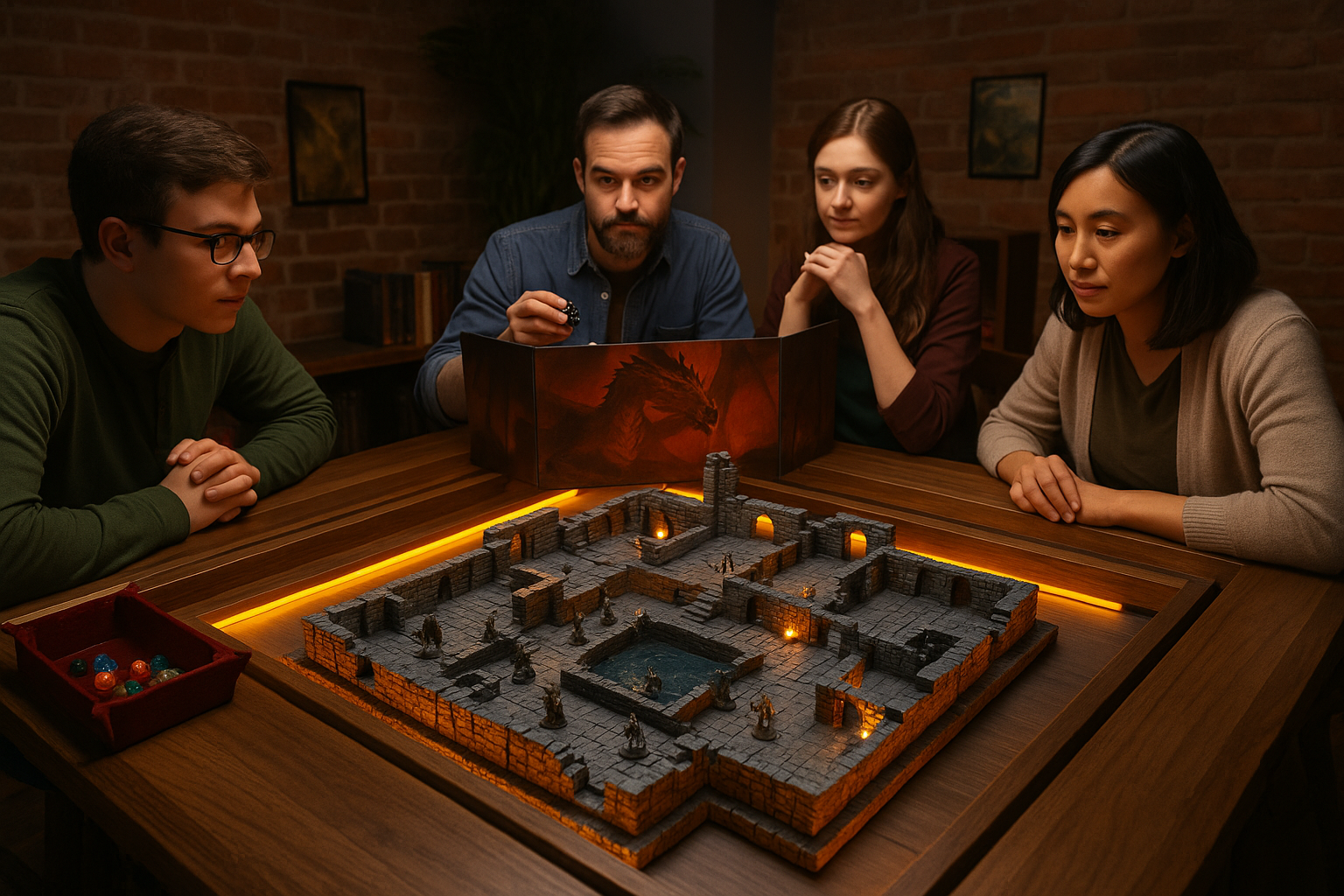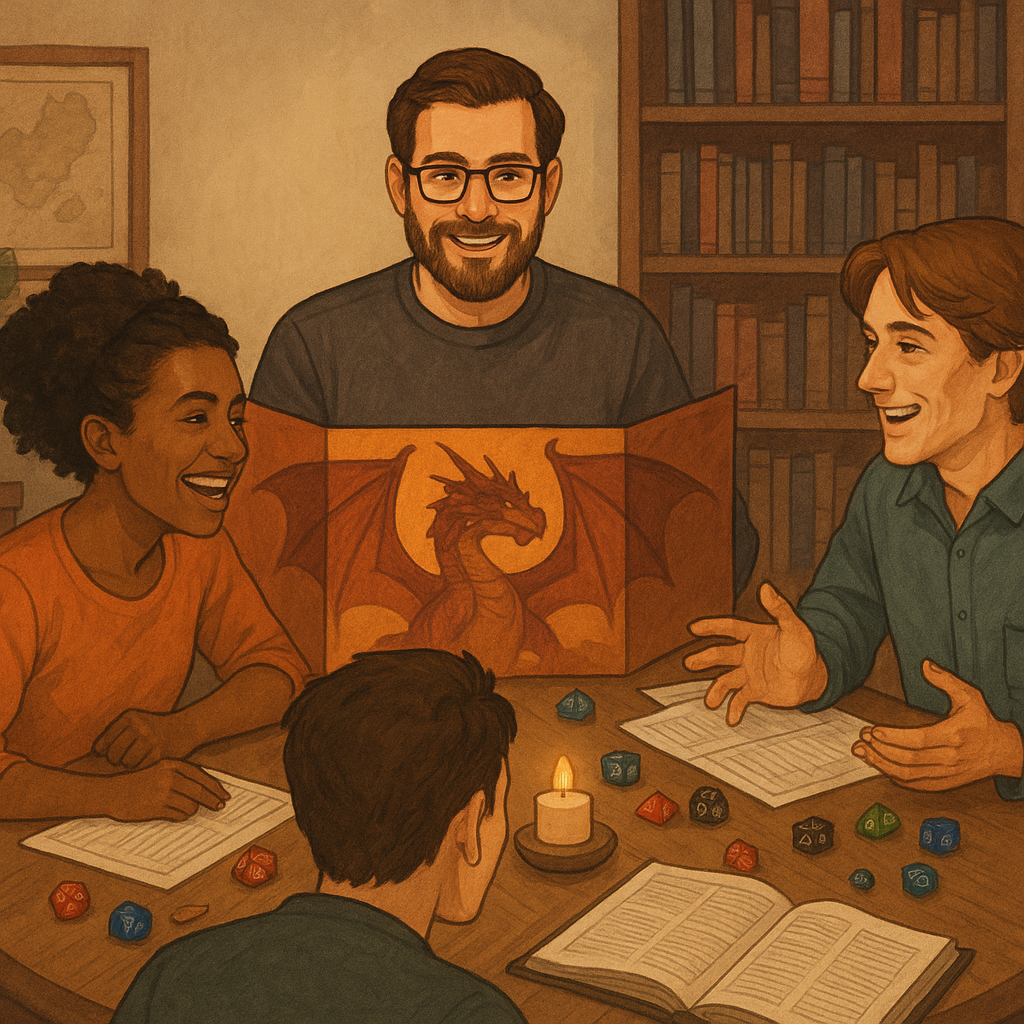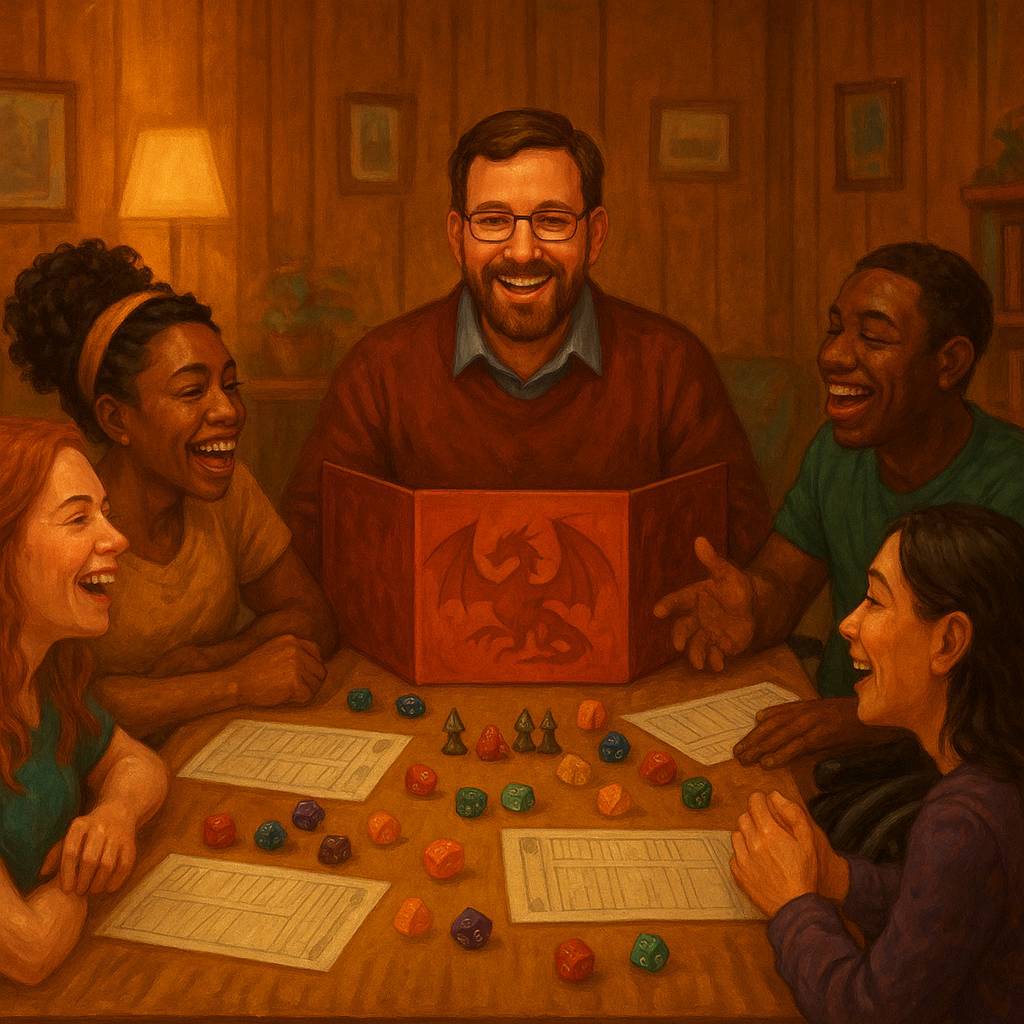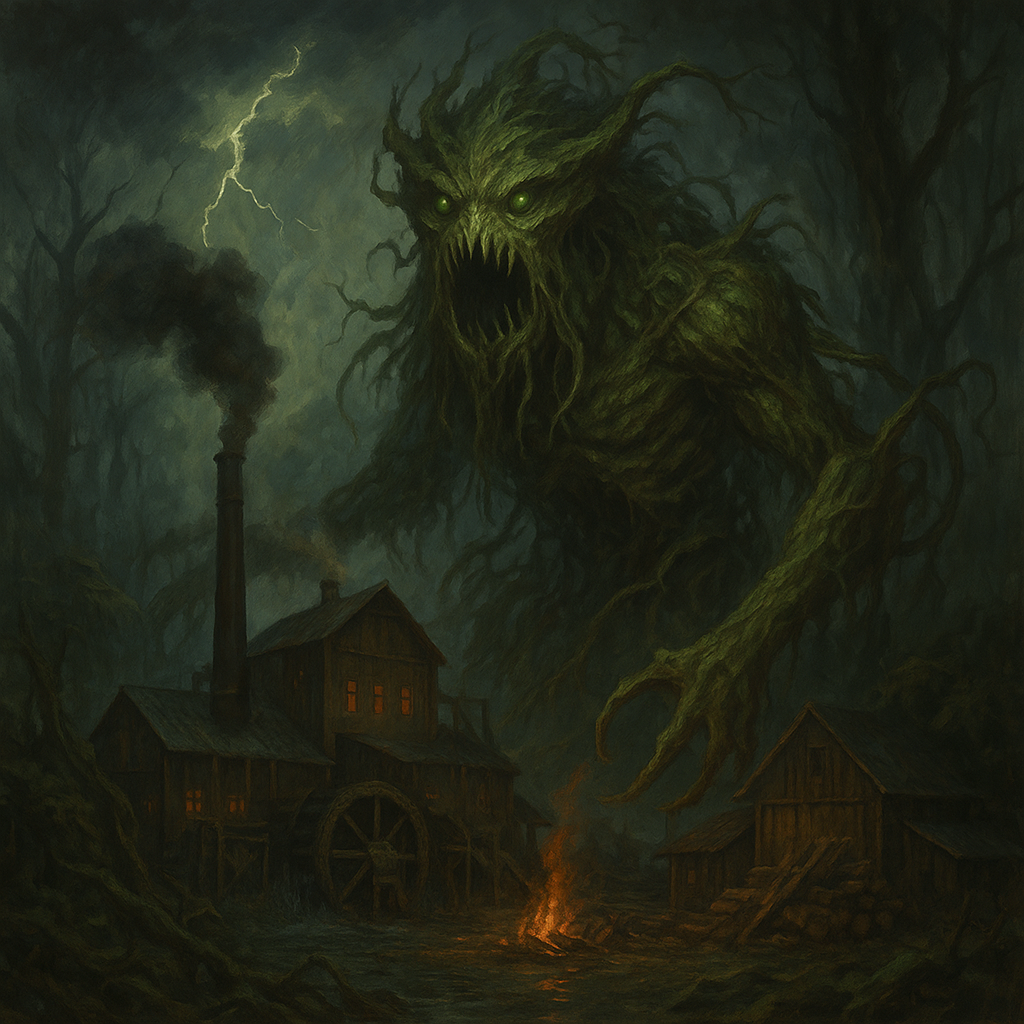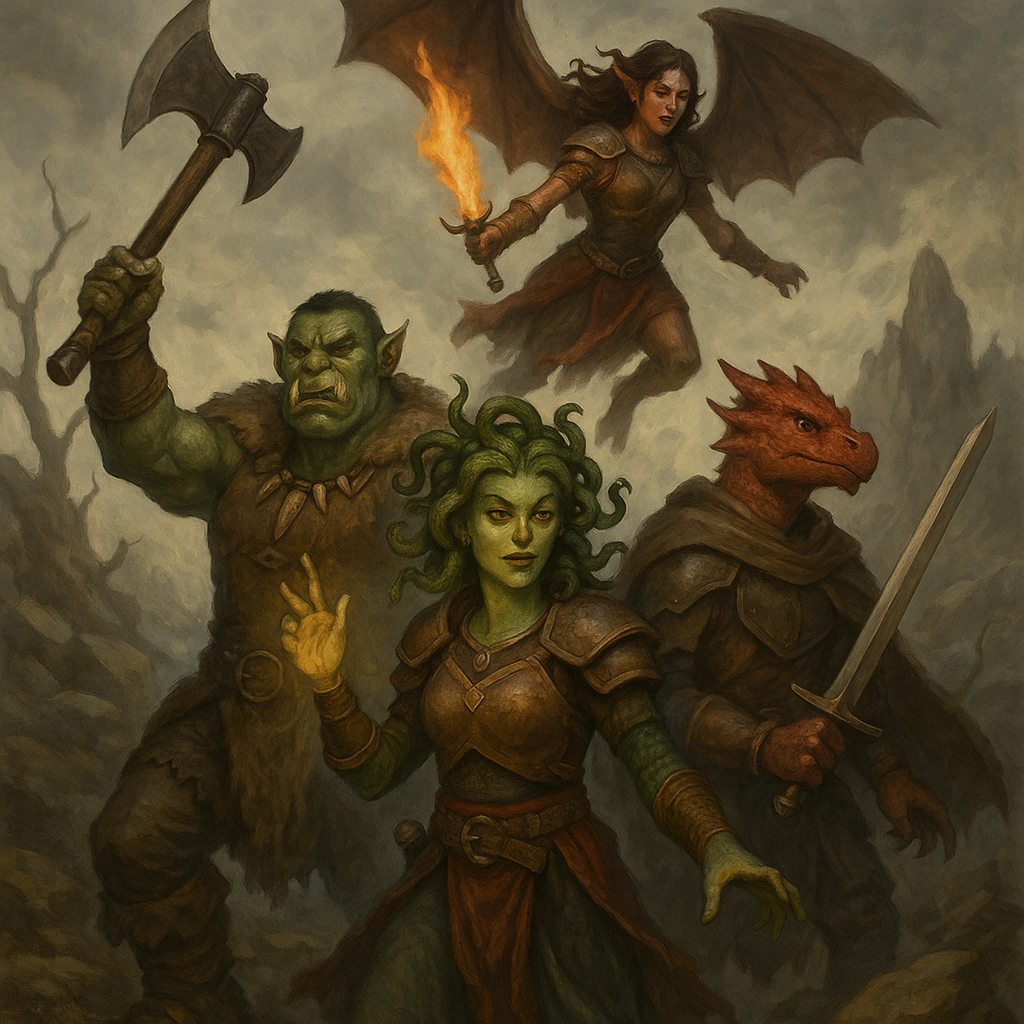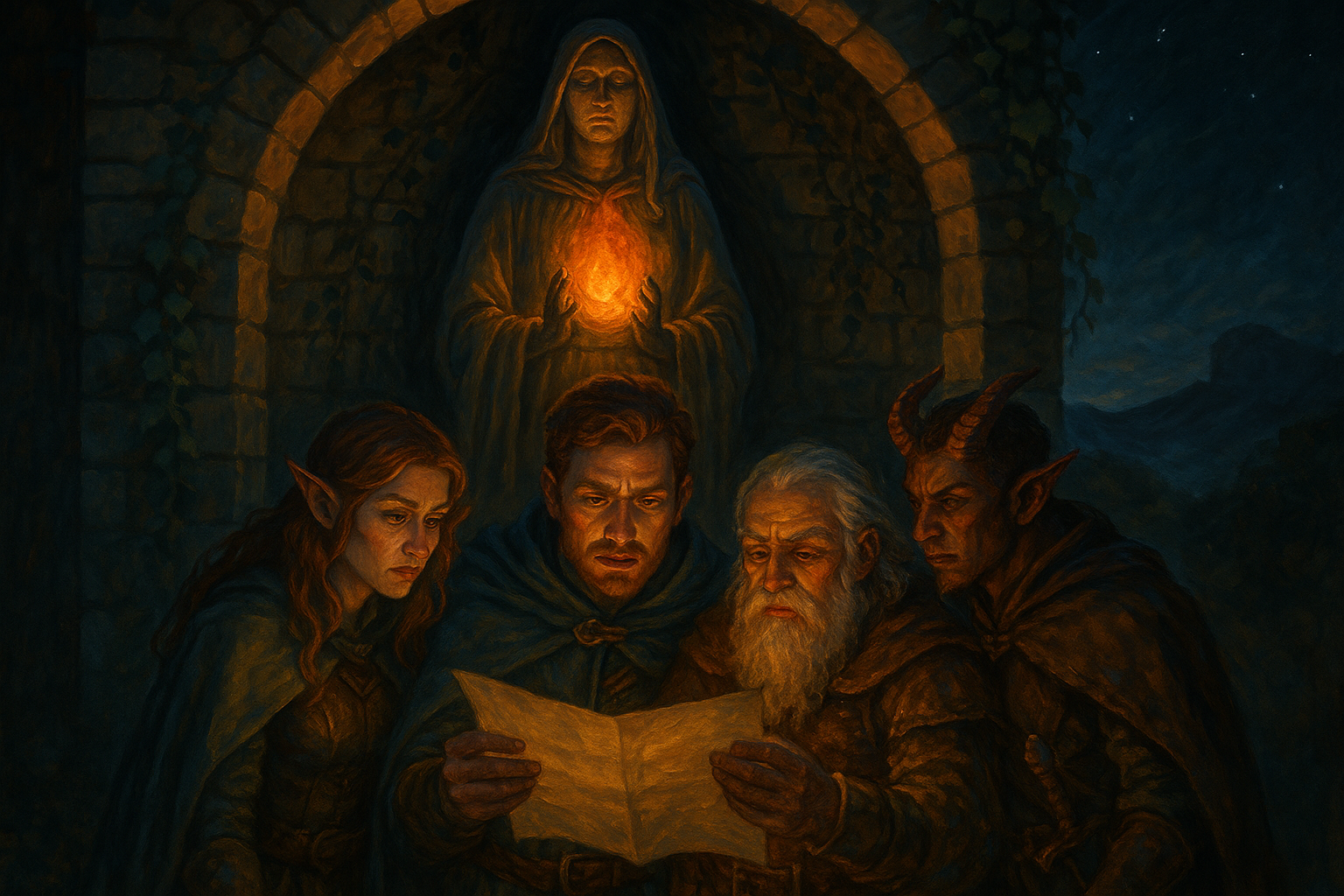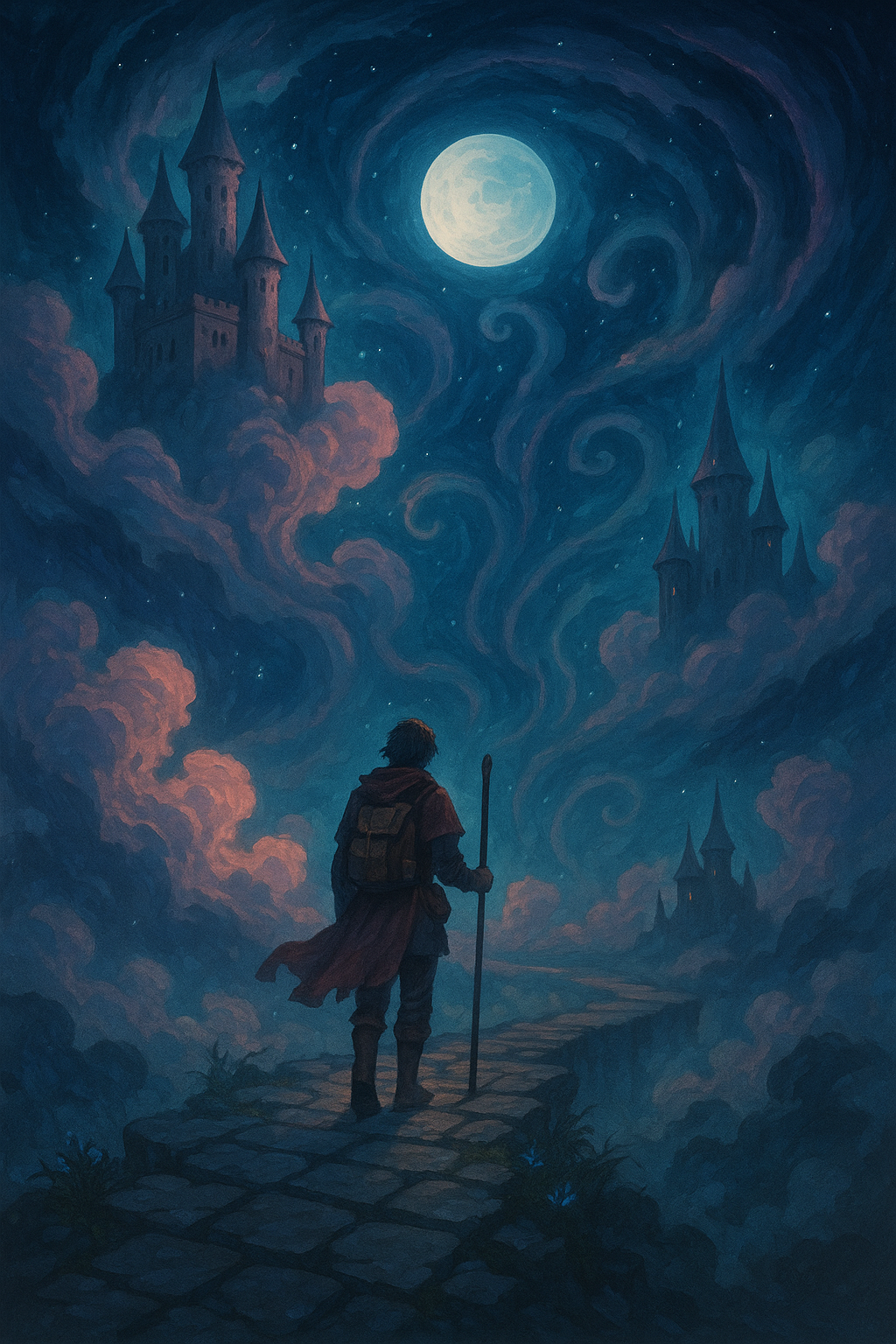The Art of Legacy in Dungeons & Dragons: Weaving Generations, Legends, and Consequences into Your Campaigns
When the past comes back
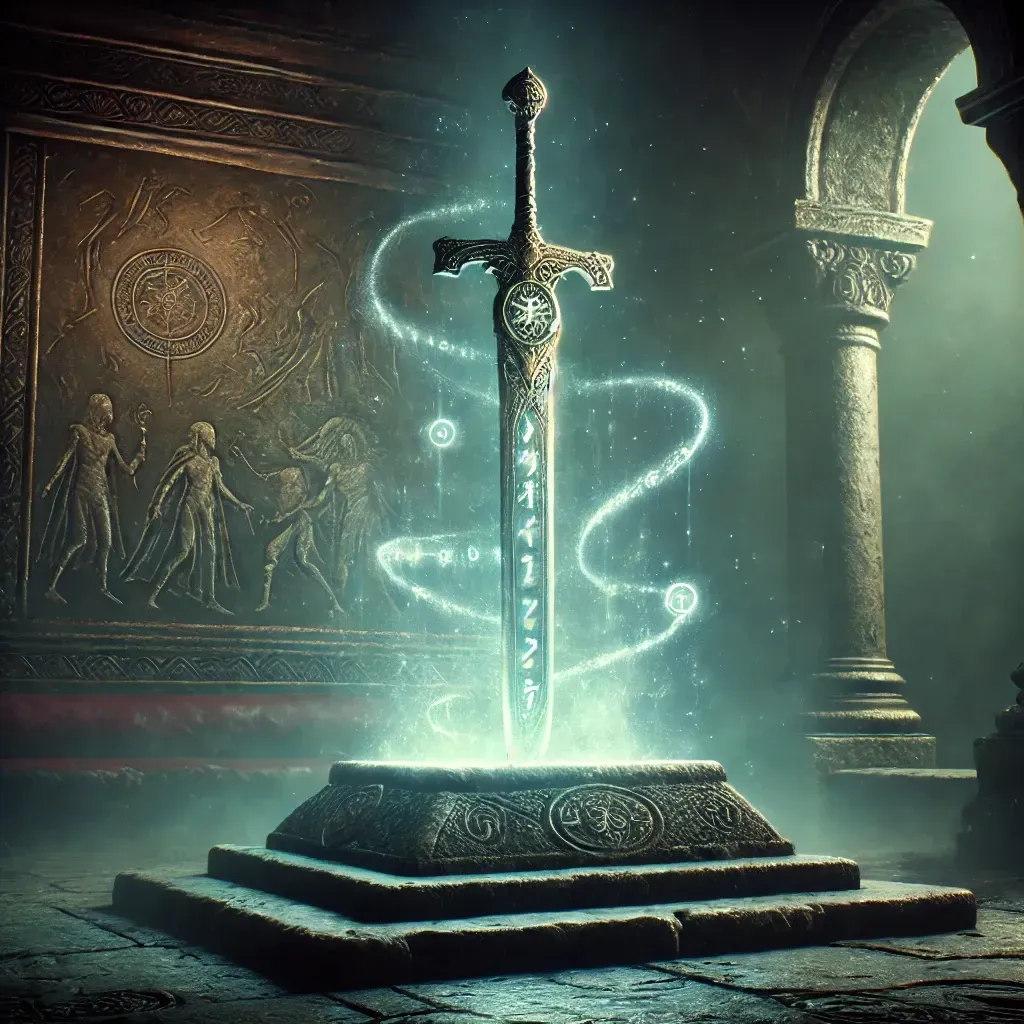
Dear Readers,
There is a certain magic in storytelling, one that goes beyond the rolls of the dice or the statistics on a character sheet. It is the essence that transforms a game of Dungeons & Dragons into something truly memorable, a tale that lingers long after the final battle or the closing of a campaign. Today, I want to discuss an often-overlooked aspect of the game: The Art of Legacy in D&D—the act of weaving long-term consequences, generational storytelling, and evolving worldbuilding into your campaigns.
The Echo of Past Decisions
A truly immersive world does not forget. The decisions your players make should ripple across the fabric of your setting, shaping the world for future generations. Perhaps a ruler they helped install becomes a tyrant decades later, or a villain they spared resurfaces as a force for good—or something even worse.
One of my favorite techniques is the living world principle—events progress with or without the players. Imagine their surprise when they return to a town they saved years ago only to find it has grown into a thriving city, its people still telling tales of their heroics—or cursing their names for unintended consequences.
Generational Storytelling: Playing in Your Own History
A technique I have come to love is running a campaign where the next group of adventurers are the descendants or successors of the original party. These games become more than a single campaign; they become sagas.
Introduce elements like ancestral weapons that grow in power, books chronicling past exploits, or NPCs who still remember the heroes of yore. The personal touch this adds cannot be overstated. Nothing quite compares to the moment when a new player picks up their grandfather’s sword and sees its runes light up, reacting to their bloodline.
This also allows for the repercussions of past choices to manifest in new and exciting ways. Did the old party neglect to deal with a minor villain? Perhaps they are now the antagonist, their evil festering over the decades. Did they build a stronghold? Now it stands as a seat of power—or ruin—depending on how they managed it.
Artifacts of the Past
Magic items are often seen as static objects, but what if they changed and evolved as the campaign progressed? Introduce Legacy Items, weapons, and relics that remember their wielders. A sword that once belonged to the party’s paladin may whisper their regrets into the ears of a new wielder. A spellbook from a long-lost wizard may contain hidden notes that reveal secrets from an earlier campaign. These artifacts tie the old and new together in ways that feel organic and meaningful.
The Weight of Forgotten Threats
Villains need not be defeated in a single campaign. Sometimes, a foe escapes or lingers in the background, biding their time. A dragon that fled into the mountains may return a century later, its wrath undiminished. A lich’s phylactery, long hidden, may finally be uncovered by an unwitting descendant.
The key here is subtle foreshadowing. Leave behind journal entries, murals, or bardic tales that speak of old threats, planting the seeds for later generations. When the next adventurers uncover these relics of the past, they won’t feel like new threats—they will feel like unfinished business, echoes from another era demanding resolution.
The Players as Legends
One of the most rewarding moments in a legacy campaign is when players realize that their former characters have become legends. Whether through songs, statues, or historical texts, the deeds of past adventurers should persist.
But what if the legends are wrong? What if history has twisted their story? Imagine the party discovering a city that worships one of their past characters as a god—or a villain. The conflict of correcting or embracing the legend adds a deep layer of roleplaying and moral quandaries.
Bringing It All Together
Creating a legacy in D&D requires planning but offers unmatched depth. Here’s how to start:
- Document Everything – Keep a journal of key decisions and events that could have long-term consequences.
- Create Tangible Artifacts – Handwritten notes, maps, and in-game items that reflect the past add immersion.
- Introduce Living History – Have NPCs remember and reference past events in ways that feel organic.
- Let Players Shape the Future – Give them opportunities to create things that last, from laws to landmarks.
By weaving these elements together, you transform your game from a simple campaign into a living, breathing saga. And that, dear readers, is where true magic lies.
Until next time, Dear Readers...















